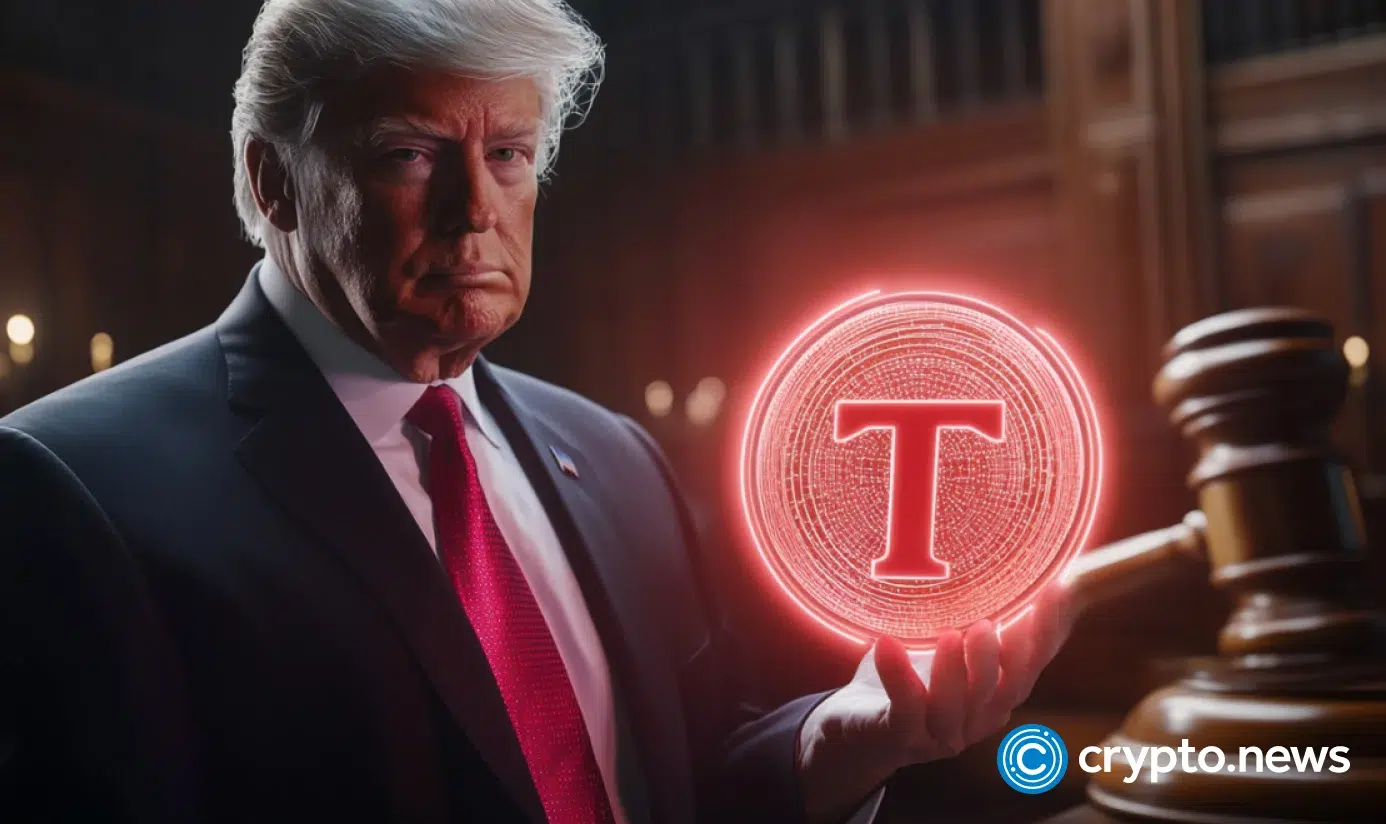
With pre-market listings already live and a proposal on the table, WLFI’s transition into a tradable token could reshape Trump’s digital asset profile. The market is already responding, with his wallet value up nearly 2.5% in a day.
On July 4, World Liberty Financial, the Trump-affiliated DeFi venture, proposed a major tokenomics shift that would convert its WLFI governance token into a tradable asset. Though WLFI remains locked in a non-transferable state for now, decentralized exchanges including MEXC, BingX, and LBank have already listed it for pre-market speculation.
The project is awaiting community approval to finalize the token’s transition.
Trump, listed as “chief crypto advocate” on the platform’s website, stands to benefit significantly from the move, with WLFI among the assets indirectly tied to his personal holdings. As anticipation builds, his publicly visible crypto portfolio tracked by Arkham Intelligence climbed to $1.41 million, a modest gain fueled largely by renewed interest in WLFI.
The billion-dollar disconnect between Trump’s public wallet and private crypto empire
While Donald Trump’s Arkham Intelligence-tagged wallet shows a balance of just over $1.41 million, the former president’s true exposure to crypto stretches far beyond what’s on-chain. The discrepancy highlights a calculated strategy: Trump’s public wallet contains mostly supporter-donated assets, including TROG and TRUMP coin, while his real crypto wealth flows through opaque corporate structures.
According to Forbes, Trump has already banked $246 million in post-tax profits from his ventures in the space and could eventually receive up to $1 billion, an amount that surpasses the estimated combined value of both Mar-a-Lago and Trump Tower.
Public disclosures and media investigations, including reports from Bloomberg, CBS, and State Democracy Defenders Action, estimate that Trump and his family collectively hold 22.5 billion WLFI tokens, representing a controlling stake in the protocol.
Additionally, a family-affiliated entity is entitled to 75% of all net revenue from token purchases after a $30 million threshold is crossed. If WLFI’s proposal to allow open trading is approved by Q3 2025 as anticipated, Trump’s slice of the market could balloon even further.
A high-stakes experiment in crypto-political fusion
Trump’s crypto trajectory mirrors his business playbook: leverage personal brand equity, court speculative capital, and operate in regulatory gray zones. But the WLFI proposal marks a new phase—transforming a governance token into a liquid asset could test whether crypto markets view Trump-affiliated projects as legitimate ventures or political sentiment vehicles.
Meanwhile, the intertwining of policy and profit has raised alarms in Washington. Democratic lawmakers have introduced multiple bills aimed at barring presidents and their families from owning or promoting crypto assets.
In a recent amendment to Trump’s budget bill, Senator Jeff Merkley proposed curbing presidential conflicts of interest in digital asset markets. Other critics, including ethics watchdog Public Citizen, have warned that the Trump family’s role in crypto represents a historic precedent where the lines between governance and business blur beyond recognition.




